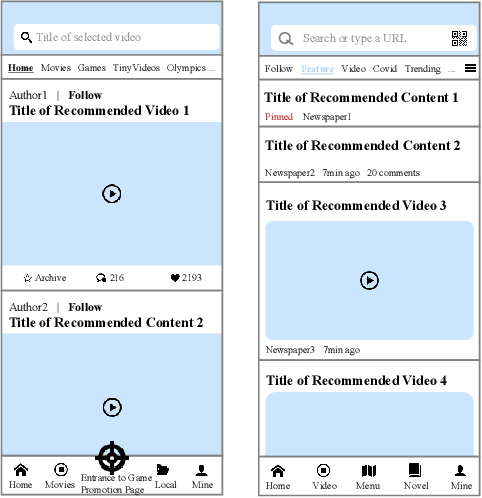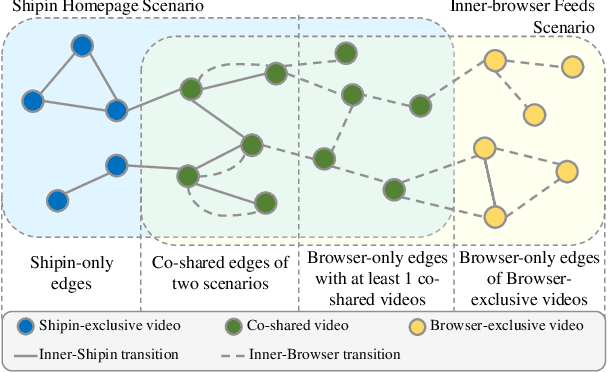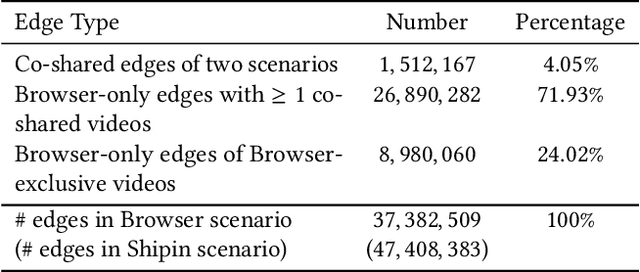Rong Zeng
SpeHeatal: A Cluster-Enhanced Segmentation Method for Sperm Morphology Analysis
Feb 18, 2025Abstract:The accurate assessment of sperm morphology is crucial in andrological diagnostics, where the segmentation of sperm images presents significant challenges. Existing approaches frequently rely on large annotated datasets and often struggle with the segmentation of overlapping sperm and the presence of dye impurities. To address these challenges, this paper first analyzes the issue of overlapping sperm tails from a geometric perspective and introduces a novel clustering algorithm, Con2Dis, which effectively segments overlapping tails by considering three essential factors: CONnectivity, CONformity, and DIStance. Building on this foundation, we propose an unsupervised method, SpeHeatal, designed for the comprehensive segmentation of the SPErm HEAd and TAiL. SpeHeatal employs the Segment Anything Model(SAM) to generate masks for sperm heads while filtering out dye impurities, utilizes Con2Dis to segment tails, and then applies a tailored mask splicing technique to produce complete sperm masks. Experimental results underscore the superior performance of SpeHeatal, particularly in handling images with overlapping sperm.
CS3: Cascade SAM for Sperm Segmentation
Jul 04, 2024Abstract:Automated sperm morphology analysis plays a crucial role in the assessment of male fertility, yet its efficacy is often compromised by the challenges in accurately segmenting sperm images. Existing segmentation techniques, including the Segment Anything Model(SAM), are notably inadequate in addressing the complex issue of sperm overlap-a frequent occurrence in clinical samples. Our exploratory studies reveal that modifying image characteristics by removing sperm heads and easily segmentable areas, alongside enhancing the visibility of overlapping regions, markedly enhances SAM's efficiency in segmenting intricate sperm structures. Motivated by these findings, we present the Cascade SAM for Sperm Segmentation (CS3), an unsupervised approach specifically designed to tackle the issue of sperm overlap. This method employs a cascade application of SAM to segment sperm heads, simple tails, and complex tails in stages. Subsequently, these segmented masks are meticulously matched and joined to construct complete sperm masks. In collaboration with leading medical institutions, we have compiled a dataset comprising approximately 2,000 unlabeled sperm images to fine-tune our method, and secured expert annotations for an additional 240 images to facilitate comprehensive model assessment. Experimental results demonstrate superior performance of CS3 compared to existing methods.
Multi-Graph based Multi-Scenario Recommendation in Large-scale Online Video Services
May 05, 2022



Abstract:Recently, industrial recommendation services have been boosted by the continual upgrade of deep learning methods. However, they still face de-biasing challenges such as exposure bias and cold-start problem, where circulations of machine learning training on human interaction history leads algorithms to repeatedly suggest exposed items while ignoring less-active ones. Additional problems exist in multi-scenario platforms, e.g. appropriate data fusion from subsidiary scenarios, which we observe could be alleviated through graph structured data integration via message passing. In this paper, we present a multi-graph structured multi-scenario recommendation solution, which encapsulates interaction data across scenarios with multi-graph and obtains representation via graph learning. Extensive offline and online experiments on real-world datasets are conducted where the proposed method demonstrates an increase of 0.63% and 0.71% in CTR and Video Views per capita on new users over deployed set of baselines and outperforms regular method in increasing the number of outer-scenario videos by 25% and video watches by 116%, validating its superiority in activating cold videos and enriching target recommendation.
 Add to Chrome
Add to Chrome Add to Firefox
Add to Firefox Add to Edge
Add to Edge